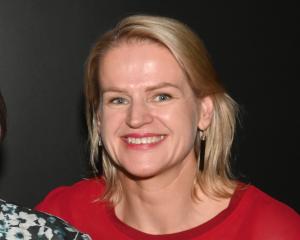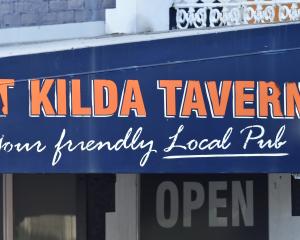The association was talking to Housing New Zealand about becoming a social housing provider. Mr Collyns envisaged moving people from a Housing NZ house to a retirement village, paid for by the state.
In return, Housing NZ retained the state house to either renovate and move in another family, or dispose of.
The state entity would retain the rights to the unit in the retirement village when the occupant died or moved into care. Housing NZ could then decide whether it wanted to move another pensioner into the unit, he said.
''These tenancies in retirement villages give us an opportunity to become a provider of social housing. This is a genuine option.''
Mr Collyns was in Dunedin to talk to operators of retirement villages in and around the city.
Otago had one of the lowest proportions by population of retirement villages in New Zealand, he said.
A report by Jones Lang LaSalle showed 6.3% of the population aged 70 and older chose to live in a retirement village with 11 registered villages being home to about 900 older New Zealanders living in Otago. That compared with a South Island average of 7.3% and a national average of 10.5%.
Another 402 units spread over five villages - two existing villages and three new ones yet to be registered - were expected to be completed in Otago over the next 12 months. Those units would house a further 450 people.
Many older people were moving to ''sunshine areas'' such as Nelson and Tasman but regions such as Otago would attract additional retirement village developers in the future, Mr Collyns said.
Residents favoured the security, companionship and a community but many did not like moving far from the communities they had been living in for much of their life. Most favoured moving no more than 10km from their former homes.
Asked about how people in lower socioeconomic areas could afford to move to retirement villages, Mr Collyns said many operators realised they needed to meet the market and offered packages in line with housing prices in particular areas.
For instance, some two-bedroom units in Dunedin were being offered for between $300,000 and $320,000 but in Gore, four new two-bedroom units were for sale for about $100,000.
As New Zealand's population aged, the number of retirement village units built annually would need to double from the current 10 villages catering for 100 people, the association estimated.
There was a growing need in Dunedin but also increasing demand for villages in regional centres such as Alexandra, Wanaka, Queenstown and Oamaru, Mr Collyns said.
Two retirement village operators were exploring options in Queenstown, which by tradition had a younger population but was an area in which people were looking to retire.
''The choice in regional centres is limited but it will increase as operators start thinking about where potential lies.''
One of the difficulties for the association was dealing with council planning rules for new retirement villages, he said.
The association was in discussion with councils in general, but not the Dunedin City Council, to make sure district plans had provisions for retirement villages. Retirement villages made good use of land by providing affordable and accessible housing.
''Villages make significant contributions to the local economy in which they are based. A village with say 140 independent units and 40 residential care units will contribute at least $2 million annually to the local economy through wages and supplies.''












